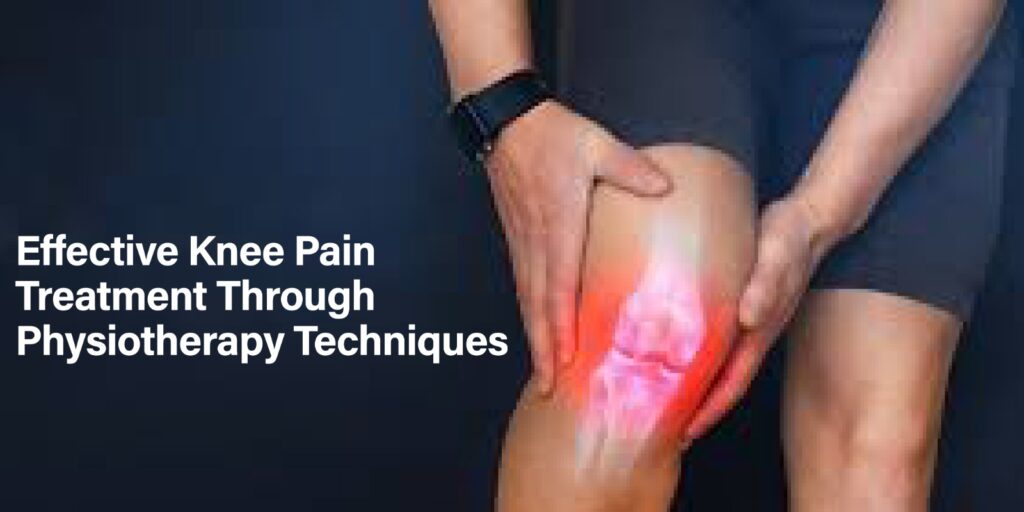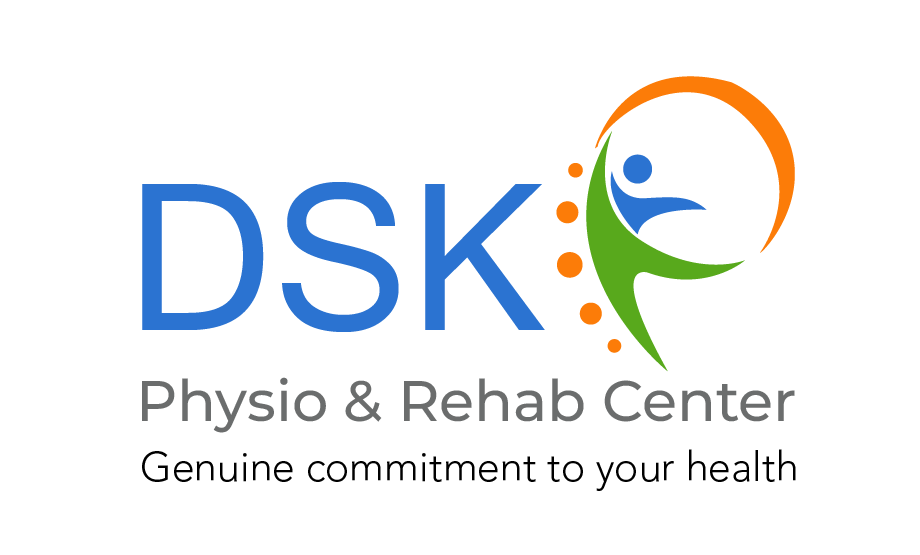051-6103396 dskphysiotherapy@gmail.com Lower Ground Floor, Plaza No. 16, Rafi Arcade 2, Acantilado Commercial, Phase 7 Bahria Town, Islamabad
Effective Knee Pain Treatment Through Physiotherapy Techniques

Knee pain affects every age group in daily life. Whether it is caused by an injury, or general wear and tear, arthritis, finding effective treatment is important. Physiotherapy is a therapeutic approach that can help alleviate restore function, and prevent further injury, and pain. In this blog, we will explore various physiotherapy techniques that can lead to effective knee pain treatment.
Understanding the Role of Physiotherapy
Physiotherapy plays a huge role in treating knee pain. It focuses on the diagnosis, assessment, and treatment of physical dysfunction. Physiotherapists use a range of techniques tailored to individual needs. This personalized approach ensures optimal recovery and management of pain.
Initial Assessment
The treatment process begins with an initial assessment. The physiotherapist will evaluate your knee’s functionality, range of motion, and pain levels during this assessment. They may ask questions about your medical history and symptoms. This detailed analysis helps in creating a customized treatment plan.
Physiotherapy Techniques for Knee Pain Treatment
Here are the most common physiotherapy techniques used for knee pain treatment:
Cryotherapy
Cryotherapy, or cold therapy, is one of the first techniques used to manage knee pain. Applying ice packs to the affected area can reduce swelling and numb sharp pain. This technique is particularly effective immediately after an injury or during flare-ups of chronic conditions. Physiotherapists often recommend using cryotherapy for 15-20 minutes at a time, several times a day.
Electrotherapy
Electrotherapy involves using electrical energy for therapeutic purposes. Techniques such as Transcutaneous Electrical Nerve Stimulation (TENS) can help alleviate pain by stimulating the nerves and promoting blood circulation. Electrotherapy is beneficial for muscle relaxation and reducing inflammation around the knee joint.
Manual Therapy
Manual therapy includes hands-on techniques performed by physiotherapists to improve joint mobility and reduce muscle tension. Techniques such as joint mobilization and soft tissue manipulation can help alleviate pain and restore normal movement patterns in the knee. Manual therapy is often combined with other treatment modalities for optimal results.
Hydrotherapy
Hydrotherapy utilizes water’s buoyancy to facilitate movement while minimizing stress on the knee joint. Exercises performed in water can help improve strength and flexibility without putting excessive pressure on the knees. Hydrotherapy is particularly beneficial for individuals with severe pain or limited mobility.
Taping and Bracing
Knee taping and bracing are supportive techniques to stabilize the knee joint during movement. Kinesiology taping helps reduce pain and inflammation, while knee braces provide external support, preventing further injury. These techniques are often used in combination with exercise therapy to enhance the recovery process and offer additional protection during physical activities
Exercise Therapy
Exercise therapy is a cornerstone of physiotherapy for knee pain management. A tailored exercise program focuses on strengthening the muscles surrounding the knee joint, improving flexibility, and enhancing overall function. Key exercises include:
- Straight Leg Raises: Strengthens the quadriceps without putting stress on the knee.
- Hamstring Curls: Targets the hamstring muscles to improve stability.
- Wall Squats: Enhances overall leg strength while protecting the knees.
- Calf Raises: Strengthens calf muscles to support knee function.
When to Seek Physiotherapy for Knee Pain
If you’re experiencing persistent knee pain, stiffness, swelling, or difficulty with daily activities, it’s time to seek physiotherapy. Early intervention is key to preventing the condition from worsening and achieving a faster recovery.
Common signs you may need physiotherapy for knee pain include:
- Difficulty walking or standing for extended periods
- Knee stiffness that limits your range of motion
- Pain that worsens with activity or rest
- Swelling or tenderness around the knee joint
Importance of a Personalized Approach
Every case of knee pain is unique, and so is the treatment. Physiotherapy offers a personalized approach that adapts to the specific needs of the patient. A thorough assessment is conducted to understand the root cause of the pain, and based on this assessment, a custom treatment plan is developed. This ensures that the therapy is targeted and effective in addressing both the pain and its underlying causes.
Conclusion
Knee pain treatment through physiotherapy is a highly effective and non-invasive solution to managing pain, restoring function, and improving quality of life. From manual therapy to tailored exercise programs, physiotherapy offers a holistic approach to recovery. By addressing both the symptoms and root causes of knee pain, physiotherapy helps patients regain mobility, strength, and comfort.
If you’re struggling with knee pain, consult a physiotherapist to begin your personalized treatment plan and take the first step towards a pain-free, active lifestyle.
